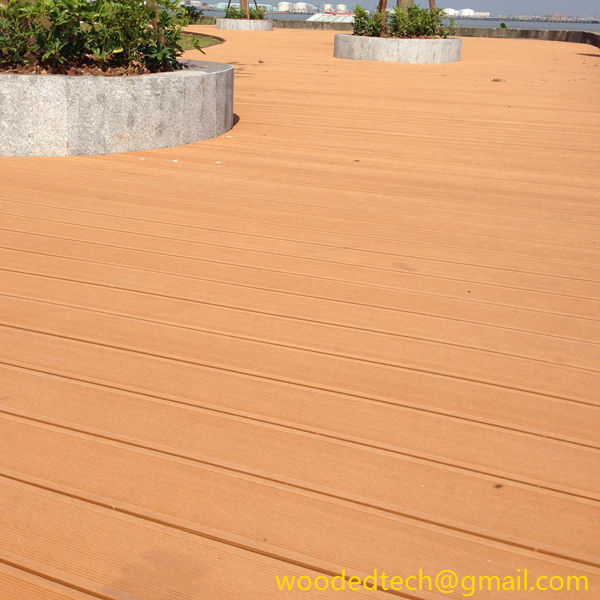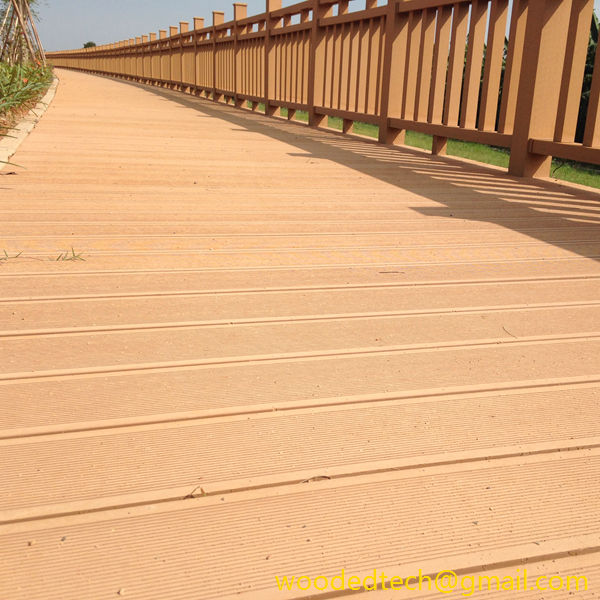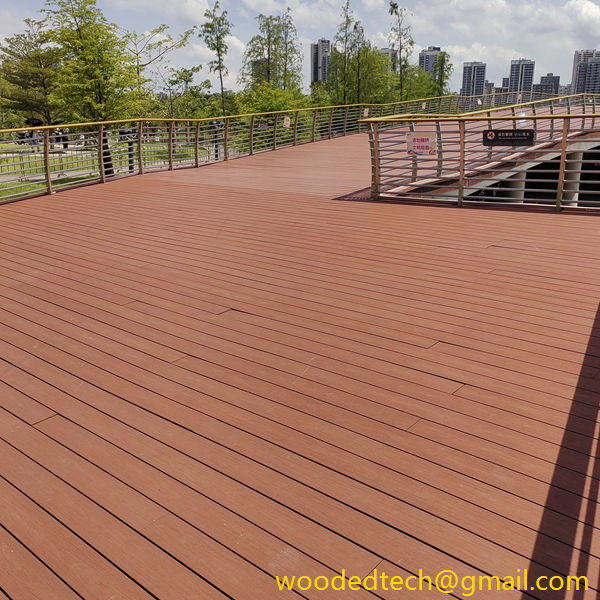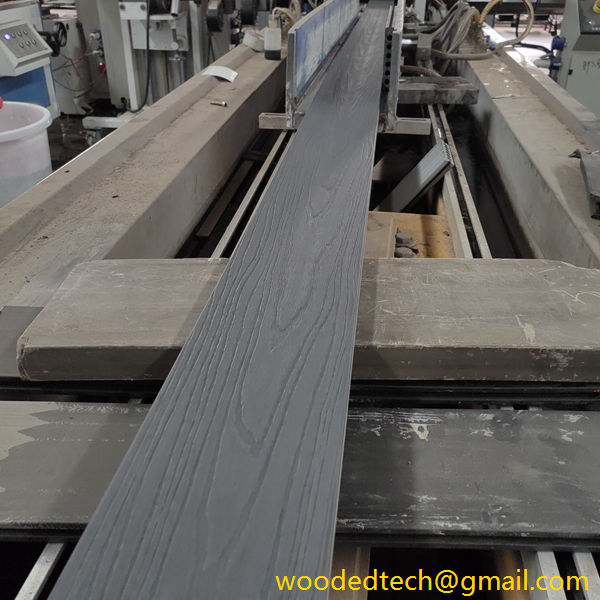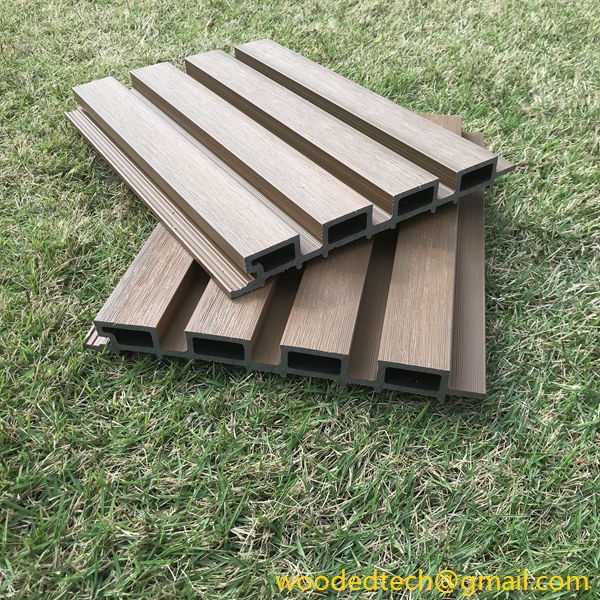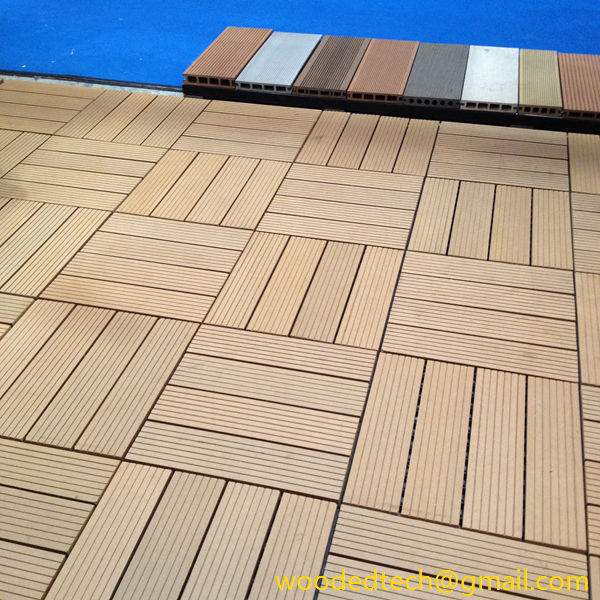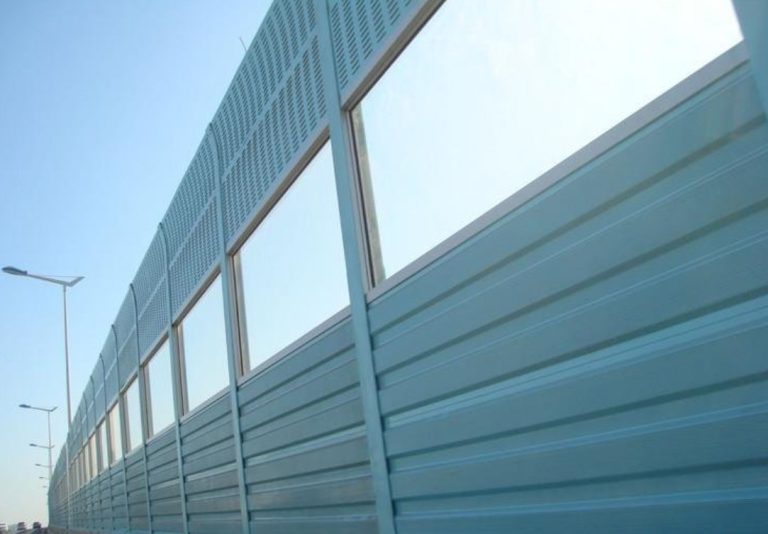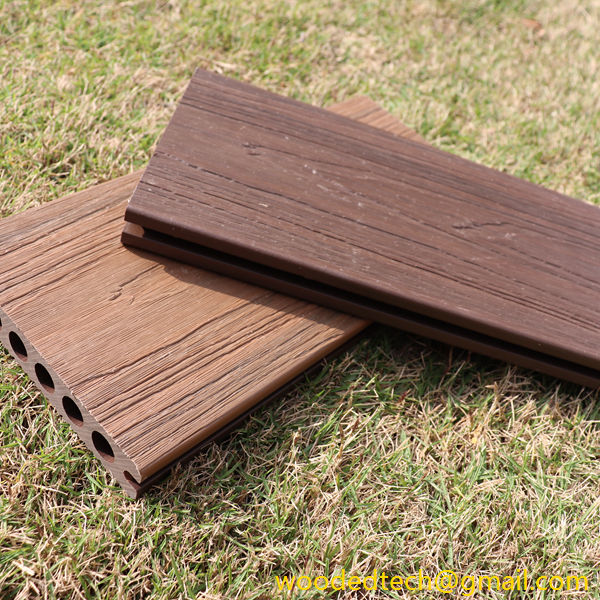Weighing Composite Wood Decking Pros and Cons for Your Needs
Weighing Composite Wood Decking Pros and Cons for Your Needs When considering an outdoor space enhancement, composite wood decking has emerged as a popular choice for homeowners and builders alike. This innovative material combines natural wood fibers with recycled plastics, offering a range of benefits that make it an attractive option for decking. However, like…
Weighing Composite Wood Decking Pros and Cons for Your Needs
When considering an outdoor space enhancement, composite wood decking has emerged as a popular choice for homeowners and builders alike. This innovative material combines natural wood fibers with recycled plastics, offering a range of benefits that make it an attractive option for decking. However, like any material, composite wood decking has its advantages and disadvantages. Understanding these can help you make an informed decision based on your specific needs and preferences.
One of the most significant advantages of composite wood decking is its low maintenance requirement. Unlike traditional wood decking, which often demands regular staining, sealing, and painting, composite decking is designed to resist fading, staining, and mold. This means that homeowners can spend more time enjoying their outdoor spaces rather than performing maintenance tasks. For busy families or individuals who prefer a carefree lifestyle, this aspect of composite decking can be particularly appealing.
Durability is another critical factor to consider. Composite wood decking is engineered to withstand the elements, making it resistant to warping, splintering, and insect damage. This durability translates to a longer lifespan compared to traditional wood, which can succumb to the effects of weather and pests over time. Consequently, homeowners can expect a more extended period of enjoyment from their investment without the need for frequent replacements.
In terms of aesthetics, composite decking offers a wide variety of colors and textures. This versatility allows homeowners to choose a style that complements their home and landscape. Many composite products are designed to closely mimic the appearance of natural wood, providing the beauty of traditional decking without the associated drawbacks. Additionally, some manufacturers offer customizable options, allowing homeowners to create unique patterns or designs that enhance their outdoor aesthetic.
Another significant benefit of composite decking is its environmental impact. Most composite materials are made from recycled plastics and wood fibers, making them a more sustainable choice compared to traditional lumber. By opting for composite decking, homeowners can contribute to reducing deforestation and waste in landfills. Furthermore, the production of composite materials often requires less energy than that of traditional wood, making it a more environmentally friendly option overall.
On the flip side, there are some drawbacks to consider when it comes to composite wood decking. One of the most commonly cited disadvantages is the initial cost. Composite decking tends to be more expensive than traditional wood options upfront. While this cost may be offset by the material’s longevity and low maintenance requirements, budget-conscious homeowners might find the initial investment challenging to manage. It’s essential to weigh these costs against your long-term plans for the space and how much you value maintenance-free living.
Another potential downside is that while composite decking is designed to be slip-resistant, it can become slippery when wet. This characteristic may raise safety concerns, especially in areas with heavy rainfall or near pools. Homeowners might want to consider additional safety measures, such as using non-slip coatings or strategically placing outdoor rugs, to mitigate the risk of slips and falls.
Additionally, while composite materials are durable, they are not completely impervious to damage. Heavy furniture, sharp objects, or high-impact activities can leave marks or dents on the surface. Homeowners who plan to use their deck for entertaining or activities that involve heavy equipment should take this into consideration when selecting composite decking.
Temperature sensitivity is another factor that can affect the usability of composite decking. Composite materials can absorb heat, leading to a surface that becomes hot to the touch during the peak of summer. This can be uncomfortable for bare feet and may limit outdoor activities in warmer weather. Homeowners should consider the climate in their area and how much direct sunlight their decking will receive when making their choice.
Lastly, some homeowners report that composite decking can produce noise underfoot, especially when compared to traditional wood. The sound of footsteps on composite decking can be different, which may take some getting used to for those accustomed to the quieter sounds of wood. If noise is a concern, it’s advisable to test samples in person to determine how it feels and sounds underfoot.
In conclusion, composite wood decking offers a compelling blend of benefits and drawbacks that can greatly influence your decision-making process. Its low maintenance, durability, aesthetic appeal, and environmental benefits make it an attractive option for many homeowners. However, the initial cost, potential safety concerns, susceptibility to damage, heat retention, and noise should be carefully evaluated. By considering your specific needs, lifestyle, and budget, you can make an informed choice that enhances your outdoor living space for years to come. Whether you prioritize convenience, sustainability, or aesthetics, understanding the pros and cons of composite wood decking will help you create a beautiful and functional outdoor area tailored to your preferences.

